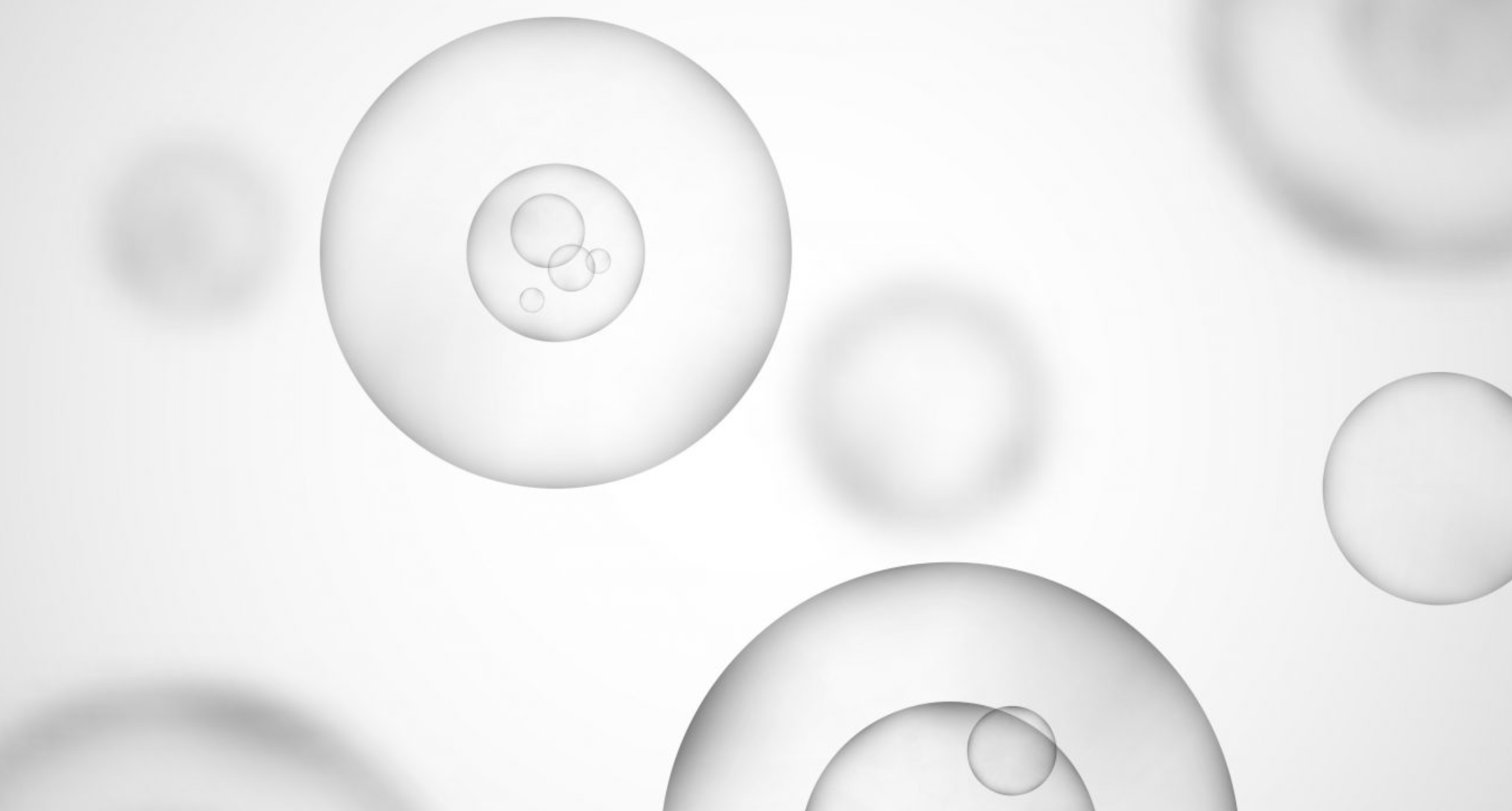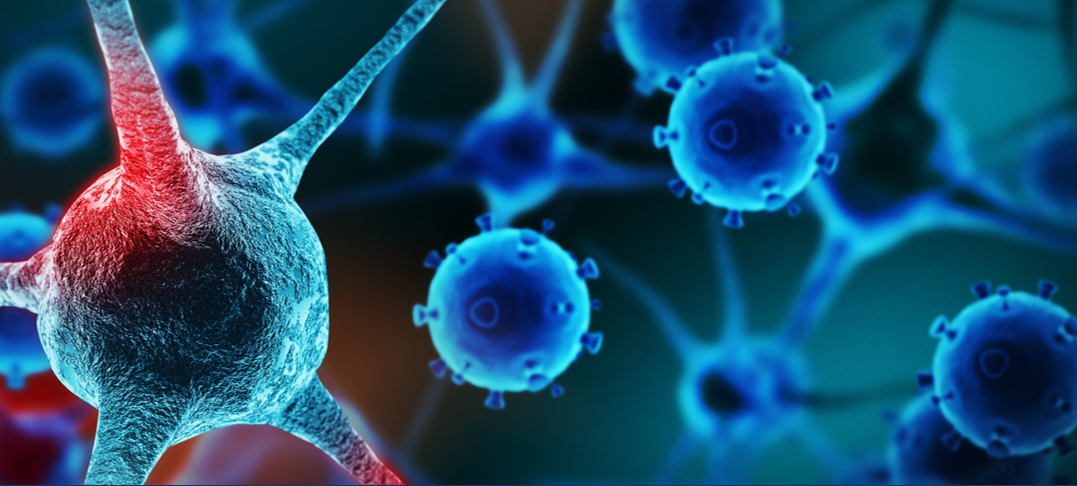Trillions of cells, hundreds of cell types, one collaborative effort
Atlasing how so many cells work together to make us human

By creating the first complete map of the human genome, the Human Genome Project made genetics an everyday topic that any well-informed person could comment on. The Human Cell Atlas aims to do the same for histology. While this project is not yet getting quite as much publicity as its former relative, the efforts are of similar (if not bigger) scale and significance.
How many types of cells are there in the human body? The answer turns out to be, “a lot more than people once thought” – just a reminder that we are sifting through an estimated 37.2 trillion cells. In a worldwide scientific endeavor, the Human Cell Atlas, an international collaborative consortium, aims to identify every cell type in the human body, balancing sexes and a range of ethnicities.
The idea is to create comprehensive reference maps of all human cells that outline different cell types, their molecular characteristics, where they are located in the body and their relationships. These maps could be used to describe cell functions and understand the networks that direct the complex array of activities that occur in the human body. They can also directly contribute to our understanding of human health and diagnosing, monitoring and treating disease.
Such a large-scale project is now possible with global collaboration and technological breakthroughs that enable massive single-cell analysis. The project includes single-cell detection of RNA (scRNA-seq), chromatin accessibility (scATAC-seq) and protein markers (CyTOF™ technology), as well as spatial information on cells with multiplexed in situ hybridization (MERFISH) and Imaging Mass Cytometry™ (IMC™) technology.
The ability for CyTOF workflows to empower research at a larger scale, with high-parameter profiling, opens new possibilities to study individual cells, classify cells into types and characterize variations in their molecular and spatial profiles as a function of genetics, environment, cell-cell interactions, developmental processes, aging or disease. Integration of this information with other techniques allows in-depth analysis of cellular neighborhoods and tissue microenvironments, including the tissue structure and immune cell infiltration, the tissue matrix and the microbiome.
The Human Cell Atlas is made up of organ-specific efforts such as the Human Lung Cell Atlas, where the use of complementary techniques such as CyTOF and FISH methodologies remains the approach of choice. With the addition of high-parameter spatial analysis methods, such as IMC technology, individual cells can then be mapped into precise locations in organs and tissues to gain a better understanding of their functions and proximal relationships.

The Human Skin Cell Atlas project is building a comprehensive atlas of the human skin across different ages and inflammatory conditions to reveal the identities, activities and lineage relationships of cells. A team recently profiled the transcriptomes of more than 500,000 single cells, performed single-cell T cell receptor analysis to assess T cell clonality in disease and validated data at the protein level with mass cytometry, flow cytometry and immunostaining in situ of skin biopsies.
There are more than 80 scientific publications associated with the Human Cell Atlas so far, representing a variety of countries and institutions. Once complete, the collection of thoroughly detailed maps could provide an unprecedented resource for studying health and disease, including COVID-19, cancer, cystic fibrosis, heart disease and more.
The Economist recently described the project and how they intend to accomplish their incredible goal.
Unless explicitly and expressly stated otherwise, all products are provided for Research Use Only, not for use in diagnostic procedures. Find more information here.

